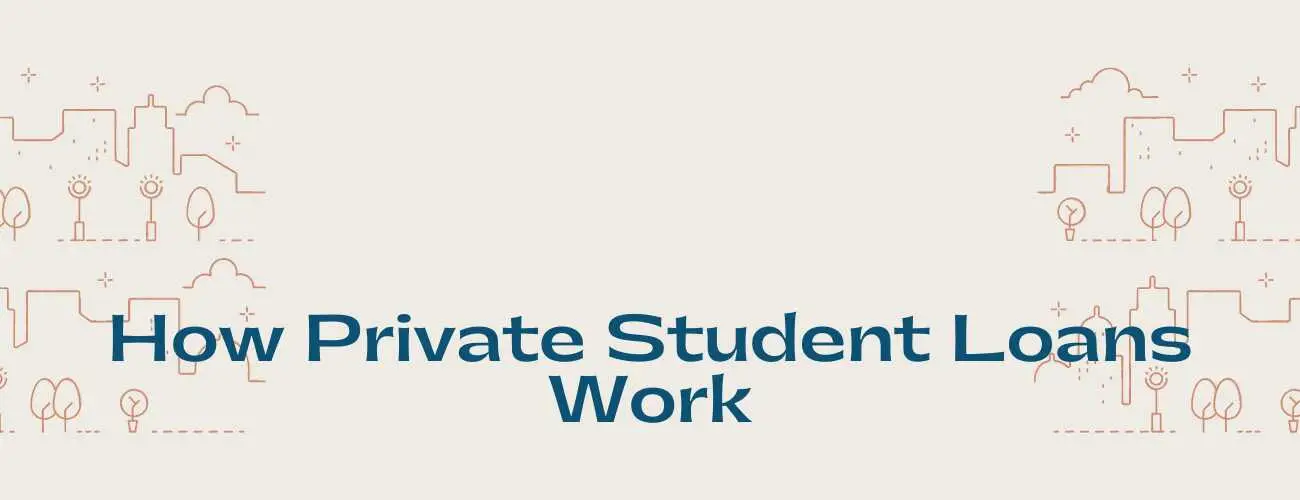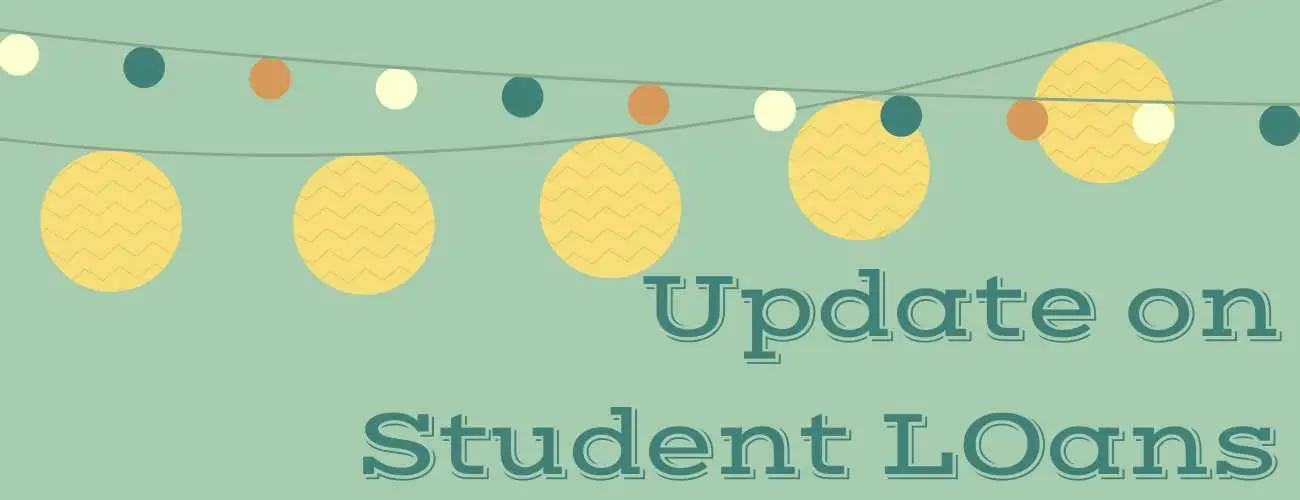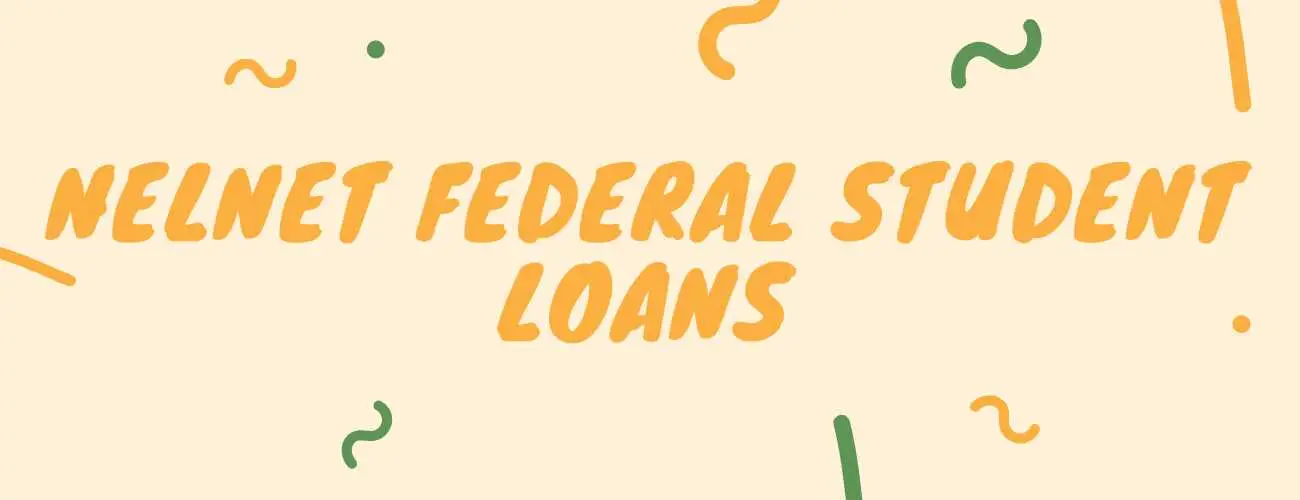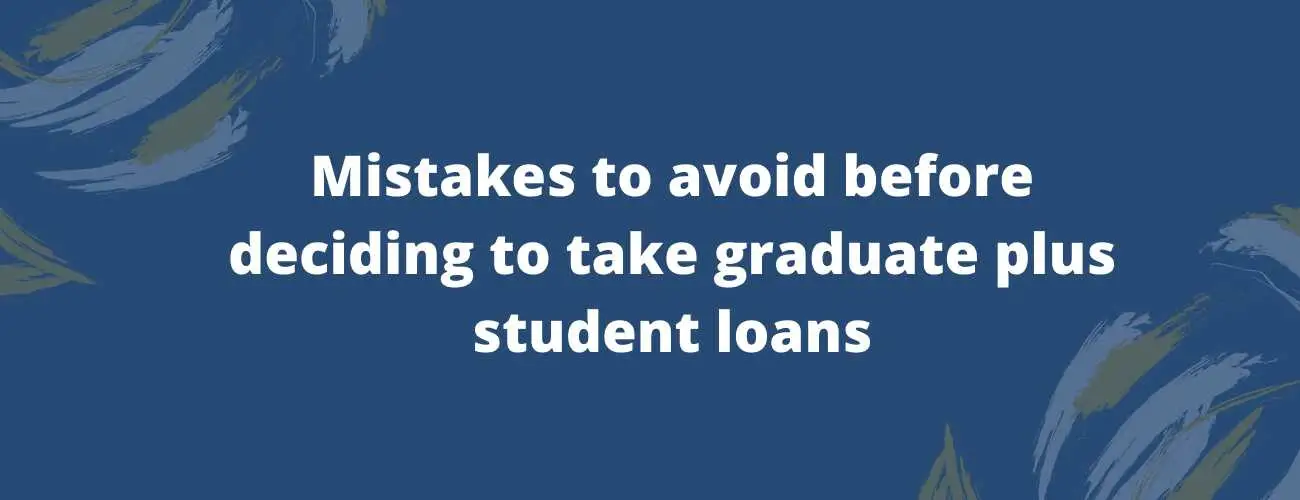Student Loan Relief with CARES Act
The CARES Act was fundamentally centered on giving crisis help and human services reaction for people, families, and organizations influenced by the COVID-19 pandemic. CARES Act also provides relief several to students loans.
Updated by Namitha Antony on 10th November 2021
When everything started closing down with an end goal to slow the spread of COVID-19, the economy started to take a big hit. Americans from each community are experiencing joblessness, food and housing uncertainty, and unexpected medical expenses. Through Economic Impact Payments and other means, the Treasury Department is ensuring that Americans receive fast and direct relief in the wake of the coronavirus pandemic. So, the president signed the Coronavirus Aid, Relief, and Economic Security Act (CARES Act) in late March as an approach to help Americans economically as they ride out this pandemic. The CARES Act is a law intended to address the economic fallout of the COVID-19 pandemic. Multiple Student loan relief program during COVID-19 are published both by the ED and many private lenders also have release programs in the form of extending forbearance period to support its customers.
Table of contents
- Financial Support to American People
- Effect of CARES Act on Student Loan Relief
- How can Student Loans be repaid?
- Generation Z and Student Loan Relief
- Did the CARES Act provide Student Loan Relief to all Loans?
Financial Support to American People
The CARES Act was fundamentally centered on giving crisis help and human services reaction for people, families, and organizations influenced by the COVID-19 pandemic and saves occupations for American enterprises. The Act was passed by Congress with overwhelming, bipartisan support which has over $2 trillion economic relief package delivers on the Trump Administration’s commitment to protecting the American people from the general public health and financial impacts of COVID-19.As COVID-19 cases and deaths are increasing, the ED has decided to release Student loan relief extension - COVID-19 to help the borrowers during this period.
The original bill proposal included $500 billion in direct payments to Americans, $208 billion in loans to major industry, and $300 billion in Small Business Administration loans. As a result of bipartisan exchanges, the bill developed to $2 trillion in the version collectively passed by the Senate on March 25, 2020. The following day, it was passed in the House through a voice vote and signed into law by President Donald Trump on March 27, 2020. The $2 trillion CARES Act provides immediate relief to households and businesses in many forms, including cash payments to low- and middle-income households, enhanced unemployment benefits, and loans and grants to small businesses that maintain their payroll.Do not fall victim to Student Loan Relief Scams-COVID 19 during the pandemic.
Effect of CARES Act on Student Loan Relief
The CARES Act has some effect on the education of students as it creates a $14 billion higher education emergency relief fund to provide cash grants to college students for costs such as course materials, innovation, technology, food, housing, and child care. Each college will figure out which of its students receive cash grants. This was divided into three pieces: $12.5 billion of formula funds, at least half of which must be given directly to students, $1 billion for institutions serving minorities, and $350 million in supplemental funds for small institutions with unmet needs. Though the Department of Education issued guidance that international and undocumented students are ineligible for these funds, this was challenged in a lawsuit. It states that payments of student loan principal and interest of by an employer to either an employee or a lender is not taxable to the employee if paid between March 27, 2020, and December 31, 2020.
The maximum tax-free amount is $5,250 per employee. For college students in a federal work-study program, it allows a school to continue to pay a student if the student is unable to fulfill their work-study obligation due to the COVID-19 public health emergency. It additionally gives students and colleges flexibility concerning the requirements for federal student financial aid during the COVID-19 pandemic and suspends payments and accrual of interest on federal student loans through September 30, 2020. Suspends garnishments and tax refund interception related to federal student loans through September 30, 2020. The fact that they’ve offered you an interesting break only accelerates how fast you pay it off. It does not mean you quit paying them. Just like the CARES Act, Student loan relief and Heroes Act was introduced to help borrowers who are struggling to repay their student loans.
How can Student Loans be repaid?
Just the thought of student loans most likely fills one with fear. Indeed, even before the pandemic, millions struggled to pay monthly student loan bills. And in a rapidly deteriorating economy, the expectation that borrowers will continue making burdensome student loan payments is, to put it mildly, unrealistic. Student loan repayments are as often as possible another devastating weight in an effectively unthinkable circumstance. The CARES Act incorporates some student relief. Tragically, the help applies to just some student loan borrowers. First, a quick look at how the CARES Act works for federal student loan borrowers: The improvement package passed by Congress mandates a temporary suspension on federally held student loan payments and interest. It also stops collection on defaulted federal student loans.
The suspension is automatic, which means borrowers do not have to contact their servicer to request a stop on payments. The individuals who can bear to do so can keep making installments during this programmed suspension, to all the more rapidly pay down the principal amount. So, under the CARES Act, payments for federally owned student loans are temporarily suspended until September 30, 2020. Under the CARES Act, there’s currently a 0% interest rate for all federal student loans. So, any payments you make toward those loans right now will go straight to the principal amount, and your loan won’t grow in interest.
Federal student loans that are possessed by the U.S. Department of Education are covered under the CARES Act. This incorporates Direct Stafford Loans, Direct PLUS Loans for parents and graduate students, and Direct Consolidation Loans. It also covers two other kinds of student loans, but only when they’re not owned by commercial lenders: Federal Perkins Loans and Federal Family Education Loan (FFEL) Program loans. What's more, in case you're applying for the Public Service Loan Forgiveness (PSLF) Program, this suspension won't influence your qualification.
Generation Z and Student Loan Relief
Generation Z, approximately 90 million Americans born after 1997, might feel the effects of the coronavirus pandemic more than others. Experts have looked and observed a lot of psychological and economic issues of crisis like 9/11, the great recession, and the AIDS epidemic. But this particular coronavirus epidemic is entirely different as it is impacting everyone all over the U.S.
The health impacts on family members and friends who end up with coming with the coronavirus, and the people who have effected in their day-to-day activities like not being able to go to school like they used to do before and not being able to get the job that they were planning to get right after the school. These are the daily activities that the coronavirus has impacted, unlike the other crisis. In particular, generation Z is extremely stressed out, they have a high level of anxiety, and they have struggled with depression and even the suicide rates of that age group have been raising for the past several years. There are both short term and long term economic impacts on this generation due to the current situation.
Americans collectively hold more than $1.6 trillion in student debt. According to credit monitoring service Expert, Gen Z saw their student debt balances increase by 9% from the first quarter of 2018 to the first quarter of 2019 — that’s a higher risk than any other generation with outstanding loans. Even though the CARES Act gave some genuinely necessary relief to individuals with certain sorts of student debts, others could in any case be seeing their credit scores dinged and confronting unemployment or decreased hours. It turns out Gen Z might be especially hard hit. For a certain thing, they may not know about projects intended to help facilitate the torment of taking care of student loans. The U.S. Department of Education has permitted those with federal loans to stop their repayments until October — yet Gen Z had the most reduced consciousness of this relief program than some other age group, as indicated by a review from Student Debt Crisis.
The advocacy association, whose strategic redesigning understudy obligation and advanced education credit approaches, surveyed near 39,000 student loan borrowers across America in May. "Covid-19 has just expanded the weight of understudy credits, yet 1 out of 3 borrowers doesn't think about the understudy help passed by Congress," said Aaron Smith, prime supporter of social effect tech firm Savi, which co-supported the overview. Interestingly, 44% of the most youthful respondents said they were unconscious of government help. The absence of mindfulness among Black Gen Z respondents was considerably higher, at 46%. "Dark students acquire all the more frequently and get more cash and experience more difficulty reimbursing their advances than White companions," said Tiffany Jones, a ranking executive at The Education Trust. While the general debt at graduation is around $30,000, New York Fed information finds the normal advance parity in prevalently Black neighborhoods is $37,000. What's more, given the high pace of joblessness among Black youthful grown-ups, that implies they'll experience more difficulty paying for that higher education when school is a higher priority than at any other time. Student loan relief summarizes all the acts published by the ED during the pandemic.
Did the CARES Act provide Student Loan Relief to all Loans?
While the CARES Act’s student loan relief provisions are genuinely broad, only government-held federal student loans are covered. That means that millions of student loan borrowers with private loans and commercially-backed federally-guaranteed loans are not covered. That is, the CARES Act falls short of providing relief for all of America’s 46 million student loan borrowers. Because of the complexities of the government’s student loan system, millions of federal student loans held by borrowers are actually in the portfolios of commercial lenders and universities, not the Department of Education.
Borrowers with privately held Federal Family Education Loans and Perkins Loans that are not owned by the US Department of Education do not receive the payment suspension. Many more people with private student loans from banks are also excluded from the emergency provisions as well. Fortunately, support is rising to keep upholding for those kept separate from the CARES demonstration. Millions of Americans are shouldering the burden of student debt. While some private lenders have offered some relief, this relief is generally not as robust as the relief provided by the CARES Act, nor is it legally mandated. As a result, millions of borrowers have been struggling with their student loans, despite the CARES Act protections.
More than half of all private student loan borrowers in the U.S. have lost income since the coronavirus pandemic struck. To make matters worse, their private loans are ineligible for the government’s penalty-free repayment pause granted on most federal loans. Fortunately, however, about 70% of private loan-holders who have requested relief directly from their lenders have received it, according to our new survey of 1,000-plus borrowers. Around 54% of private loan borrowers requested relief from their bank due to COVID-19. Practically 70% of borrowers were effective when approaching private banks for a break on their regularly scheduled installments. Sadly, numerous borrowers who didn't call for help either didn't realize that was a choice or accepted their loaning foundation wouldn't be useful.



93.jpg)


28.jpg)
